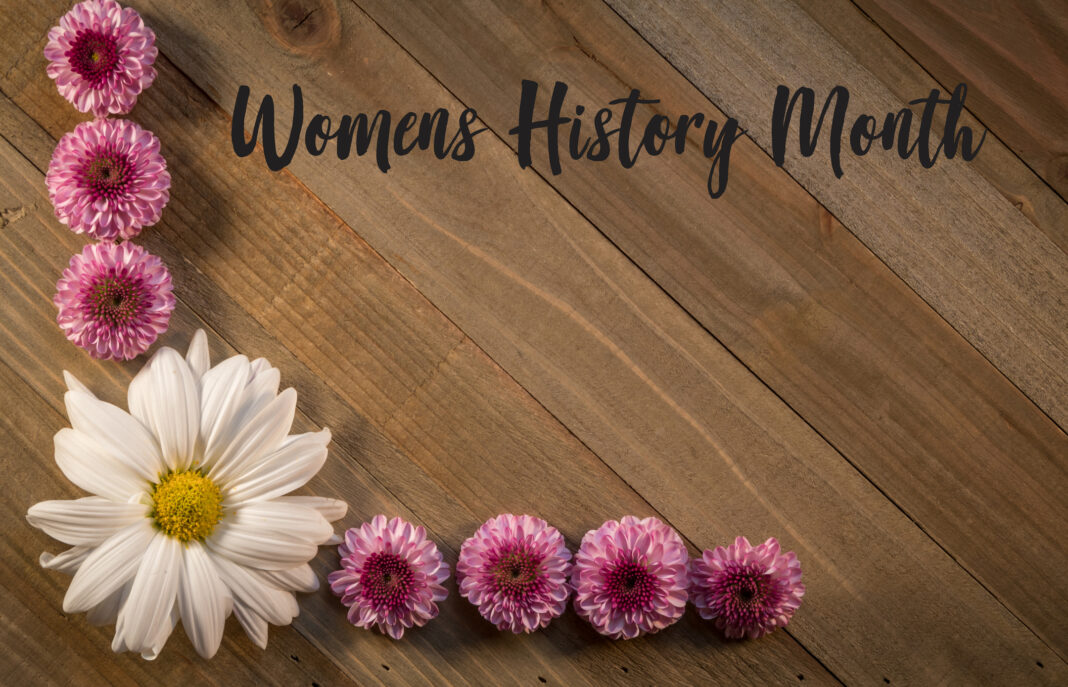For Historic Trenton’s Day in the Life, we’re looking back through newspapers from the beginning and examining everyday problems, solutions, and needs during historic Trenton’s past. Last month, we featured stories celebrating the achievements of African Americans and recognizing their central role in Trenton’s and the nation’s history. This month, we recognize historic women who had a tremendous impact in New Jersey’s State Capital.
During the revolutionary war, everyone played a part. Men went to fight and women worked the forts, took care of the wounded, took care of the children. For some, political activism was a call to action, The Ladies of Trenton were one such group. Founded during the Revolutionary War and inspired by other like-minded groups, the Ladies of Trenton were women who wrote in newspapers, fundraised, and worked with other organizations to help the Continental Army.
One of the most notable women was Mary Dagworthy Hunt of Trenton, appointed campaign secretary to fundraise for the Continental Army. She was in constant correspondences with high-ranking officials, even writing back and forth with General George Washington.
“An examination of correspondence, newspapers and their public demonstration proves that Mary Dagworthy Hunt and the Ladies of Trenton were part of a larger collection of Americans who utilized rites, festivals, and print discourse to become active members of the political process,” Educator Catherine Hudak explains in The Ladies of Trenton: Women’s Political and Public Activism in Revolutionary NJ.
In 1780, the women in Trenton announced they would be raising funds to go to the Continental Army. Women in 13 different counties proceeded to run a state-wide fundraiser collecting over $15,000. It was directly transferred to Washington, who purchased 380 pairs of stockings for New Jersey soldiers.
In a letter to Dagworthy from Gen. George Washington, he congratulated them on developing an organization that mirrored Philadelphia’s association. He then asked for their cooperation in sending their funds through the Philadelphia Ladies Association.
Later that decade, The Ladies of Trenton hosted a reception for then President-elect George Washington when he traveled to New York City for his first inauguration. This reception would be depicted in N.C Wyeth’s Painting titled, “Reception to Washington on April 21, 1789, at Trenton on his way to New York to Assume the Duties of the Presidency of the United States.” It now hangs in TESU’s Kelley Complex after being loaned from Wells Fargo when they moved from 1 West State Street to 50 East State St.
“The Ladies of Trenton’s public tribute for Washington included profound symbolism commemorating the battles of Trenton and Princeton as well as being reflective of the new nation. The contributions of the Ladies of Trenton demonstrate the presence of active public roles for women during this critical historical period of nation-building in the United States,” Hudak writes.





